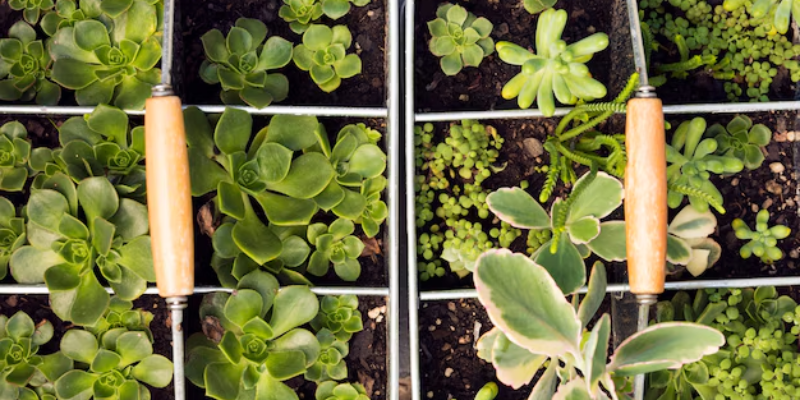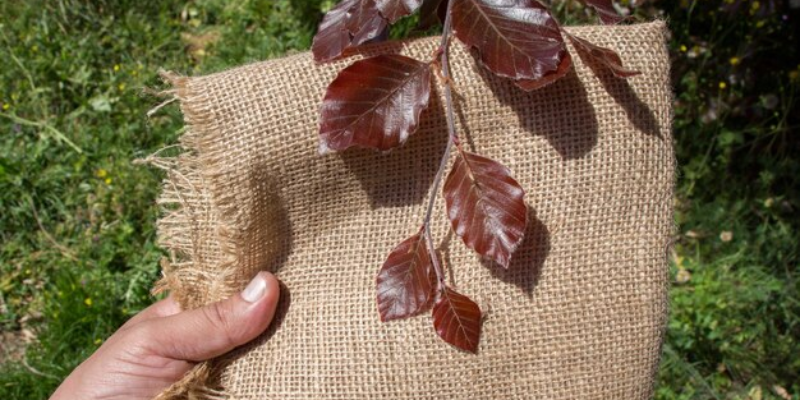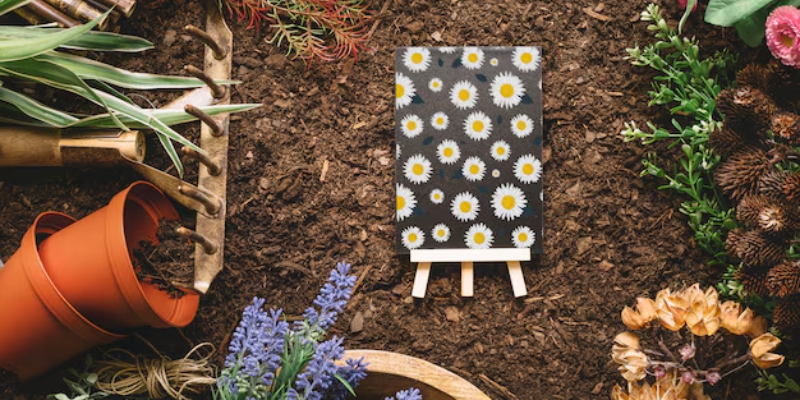Home & Garden
5 Best Plant Covers All Home Gardeners Should Know - Protect Your Plants
Worried about keeping your plants healthy and thriving, especially during the harsh winter months? Frost can be a plant killer, and pests are always lurking, ready to snack on your garden. It’s frustrating.
Are you worried about keeping your plants healthy and thriving, especially during the harsh winter? Frost can be a plant killer, and pests are always lurking, ready to snack on your garden. It's frustrating.
But there's a straightforward solution to saving your plants: COVER them. Plant covers protect your garden from the weather and those pesky invaders. The only challenge? There are so many options out there that it takes time to decide which ones to choose.
But don't worry. We are here to help you out with this. The following blog will suggest the best plant covers that all home gardeners should know. Read below to know.
1. Row Covers
Row covers are a simple way to extend your garden's growing season and protect your plants. There are two main options: fleece and plastic. Fleece covers work well for frost-sensitive plants since they insulate and let moisture through, making them ideal in mild cold. On the other hand, clear plastic covers create a greenhouse effect, warming the space significantly and helping in frigid climates. Keep eyeing those plants under plastic to ensure they don't overheat.
You'll need stakes, rocks, or clips to hold them down for both. Row covers aren't just for fall, though; they're fantastic for an early start on spring planting and for keeping pests away.

2. Hessian/Burlap
Hessian, or burlap, plant covers are a great way to shield your plants from the cold. This natural fabric provides a breathable barrier that protects plants from harsh winds and frost while still allowing them to "breathe." Since it’s a bit looser than plastic or fleece, burlap prevents overheating and keeps moisture levels steady, making it ideal for winterizing shrubs, young trees, or delicate perennials.
One easy trick is to wrap your plants directly with burlap or set up stakes around them and create a protective "burlap tent." This method is beneficial for protecting evergreens from drying winter winds.
Burlap is also biodegradable, so you're giving your garden eco-friendly care. And don’t throw it out at season’s end! Reuse it next year or even in spring for extra shade if temperatures get too intense. It’s a simple, reusable way to keep your plants healthy year-round.

3. Mulch
Mulch is like a multi-tool for your garden, offering protection and care year-round. In summer, it cools the soil; in winter, it insulates plant roots, helping them through cold snaps. Mulch also locks in moisture, meaning less watering, and if you use organic mulch, it'll slowly enrich the soil as it breaks down — a bonus for your plants!
The trick with mulch is not to go overboard. An ideal layer of 3-4 inches thick around the base of each plant is perfect. Too much can smother roots instead of protecting them.
You've got plenty of choices: raked leaves, coco coir, compost, wood chips, straw, shredded paper, or even gravel. Pick what works best for your plants, and enjoy the benefits of healthier, happier soil and plants all season.

4. Plastic Sheeting
Plastic sheeting can be a lifesaver in the garden when frost threatens your plants. This type of cover traps warmth and creates a mini-greenhouse effect, which keeps the air around your plants a few degrees warmer than the outside temperature. It's perfect for extending the growing season and protecting tender plants during sudden cold snaps.
To use plastic sheeting, drape it over your plants and secure the edges with rocks, bricks, or stakes. Just remember that plastic isn’t breathable, so you’ll want to remove it in the morning when temperatures rise to avoid overheating.
Clear plastic works best for letting in sunlight, but if you're looking for extra shade, there are darker options, too. You can reuse plastic sheeting each season, making it a practical, long-term solution for cold weather. With a simple setup, plastic sheeting helps your garden thrive even as the temperatures dip.
5. Polypropylene Fabric
Polypropylene fabric is a fantastic option for protecting plants, especially in unpredictable weather. This breathable material provides a solid insulation layer that helps keep plants warm during cold nights without trapping moisture. Since it's lightweight, polypropylene fabric can be laid directly over plants or draped over frames and hoops, giving you flexibility based on your setup.
One significant benefit is that it allows light and water through, so you don't have to keep removing and putting it back on. For frost-sensitive plants, it's a safe and effective way to add a few degrees of warmth, making a difference in those transitional seasons.
If you’re looking to shield your plants from frost, wind, or even pests, polypropylene fabric is worth considering. It’s durable enough to reuse, and with a quick setup, you’re adding an extra layer of care to your garden, rain or shine.
Layer Your Garden With The Right Cover!
Protecting your plants doesn’t have to be complicated or costly. A little effort in setting up these covers can keep your plants safe from frost, conserve moisture, and even improve your soil over time. With the right plant cover, you’ll extend your growing season and set your garden up for success year-round.
How do you like this article?





 Latest Posts
Latest Posts





